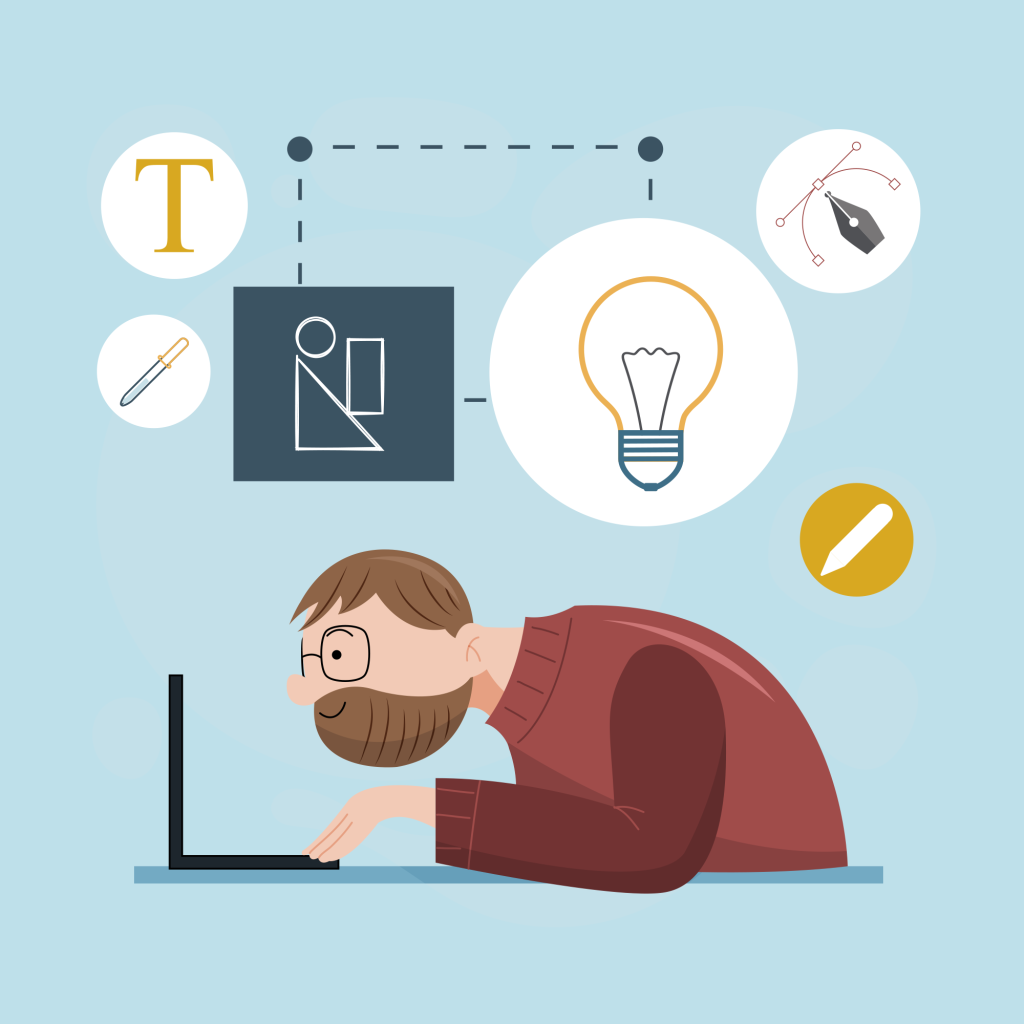You cannot become a true UI/UX designer if you think design is solely about mastering tools like Figma. Design is a multidisciplinary field that involves understanding user behavior, solving problems, and creating intuitive, engaging experiences.
Detailed Explanation of a UI/UX Designer’s Role:
UI/UX design goes far beyond simply using tools. Here’s an outline of what being a UI/UX designer truly entails:
1. Understanding UI/UX Design:
- UI (User Interface): Focuses on the visual elements of a product, such as layouts, colors, typography, buttons, and overall aesthetic appeal. The goal is to make interfaces visually attractive and easy to use.
- UX (User Experience): Involves understanding the user’s journey, needs, and challenges to design seamless and enjoyable experiences. It is more about functionality and satisfaction than appearance.
2. Key Skills and Responsibilities:
- User Research: Understanding the target audience through interviews, surveys, and usability testing. This helps identify pain points and user needs.
- Wireframing and Prototyping: Creating low-fidelity wireframes and high-fidelity prototypes to plan and visualize designs before development. Tools like Figma are used here, but the focus is on the structure and logic of the design.
- Information Architecture: Organizing information logically to help users navigate and understand content easily.
- Interaction Design: Defining how users interact with a product—micro-interactions, animations, and transitions that enhance usability and delight.
- Problem-Solving: A UI/UX designer approaches design as a solution to a problem, not just as an aesthetic choice.
3. Soft Skills:
- Empathy: Understanding user needs and designing with their perspective in mind.
- Collaboration: Working with developers, product managers, stakeholders, and fellow designers.
- Critical Thinking: Analyzing feedback, solving design problems, and iterating effectively.
- Communication: Explaining design decisions clearly to non-designers.
4. Beyond Tools Like Figma:
While tools like Figma, Sketch, and Adobe XD are essential for executing designs, they are just a means to an end. A great designer focuses on:
- Design Principles: Mastery of alignment, contrast, hierarchy, balance, and space.
- Human-Centered Design: Ensuring usability, accessibility, and user satisfaction.
- Continuous Learning: Staying updated with industry trends, emerging technologies, and evolving user behaviors.
5. Why Design is Not Just Tools:
- Tools can be learned in weeks, but the art and science of design take years of practice, reflection, and experience.
- Great design starts with empathy and insight, not software.
Summary:
To be a successful UI/UX designer, you need to combine creativity, analytical thinking, and technical skills while keeping users at the center of your design process. Mastering tools like Figma is part of the journey, but it’s the deeper understanding of design fundamentals and user experience that sets you apart.


